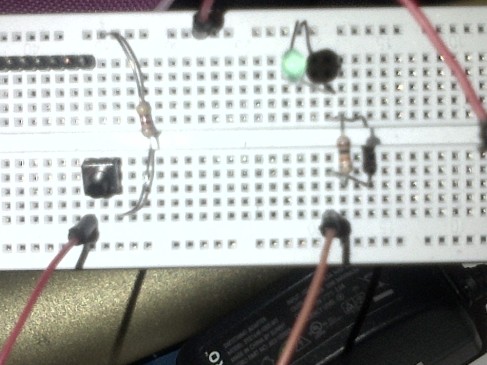This is a first! I’m typing this blog post ON MY RASPBERRY PI!
A while ago, I was just playing around on the Scratch website when i found a pretty interesting game. The point of the game was to make this little stick figure guy (or girl) get to these doors. In the game you had to cross over these platforms to do tasks. When playing the game, I realized that it was REALLY fun and thought that I would do something similar but with a little kiddy flare to it. so I started to think what could i do to make it fun yet different. After taking some time to think about something popped in my head, ” Why don’t i just make a maze,” ,but than I thought, ” What if it was a mouse going to… what… how about CHEESE!!!”
The thing that I really learned in doing this project is collisions. I learned how to do something when two pieces touch. This worked two places. First, I had to end the game if mousey touched the outside of the maze (the black part). At first, I did this by saying, “If mouse color is touching black” but this made the maze too hard because of the way that the mouse turns around corners. So, instead, I changed it so that the gray ears have to touch the black color. This is better.
Second, was when the mouse touches the cheese. So, I also made is so that when mousey’s ears touch the yellow cheese, the game ends and says “Congratulations, you are a winner!” The dropper tool is really helpful here because I can just click on the cheese to get its color.
Enough talk, I want you to play! Here’s the link to my game. http://scratch.mit.edu/projects/krystal92586/3227321
